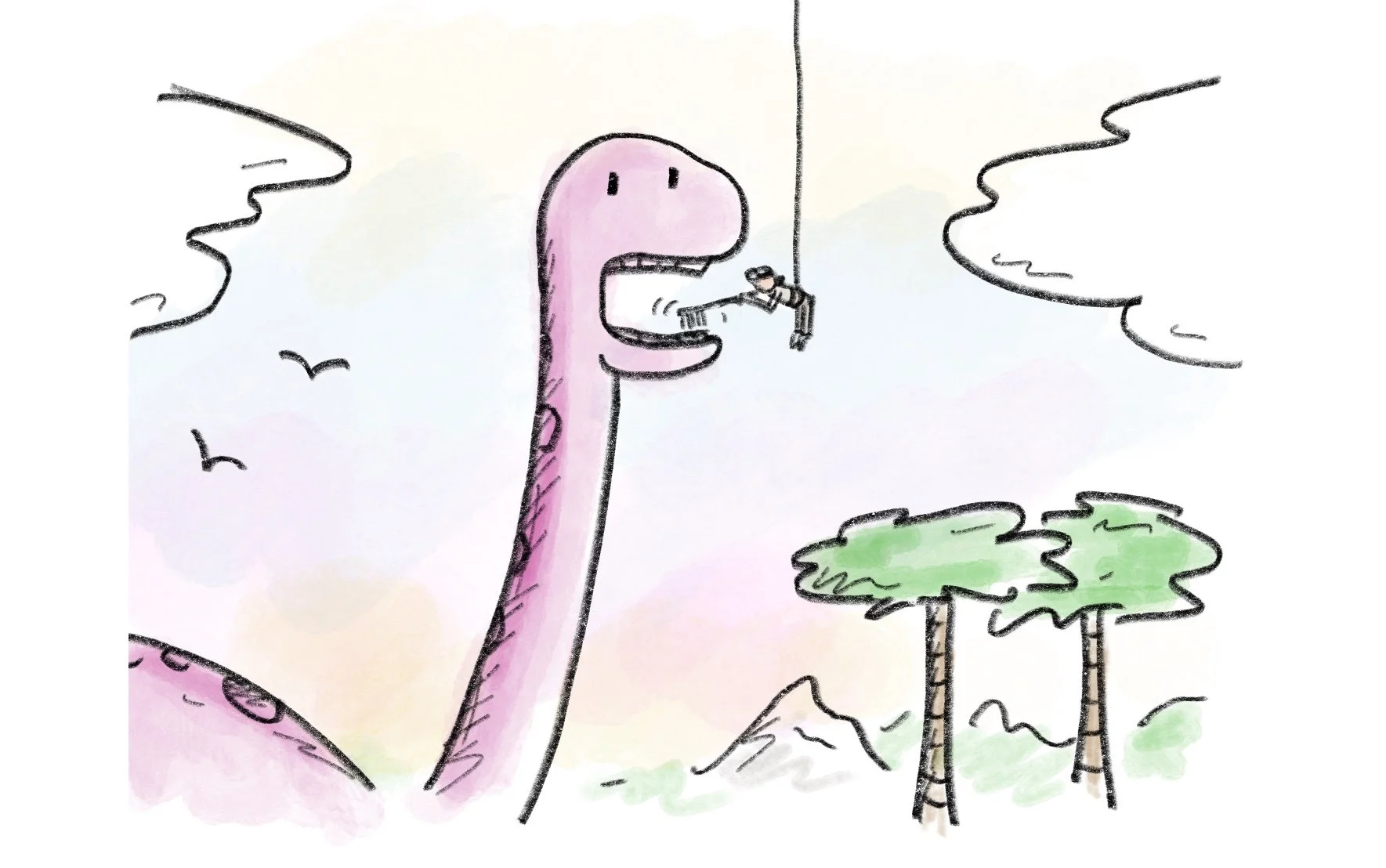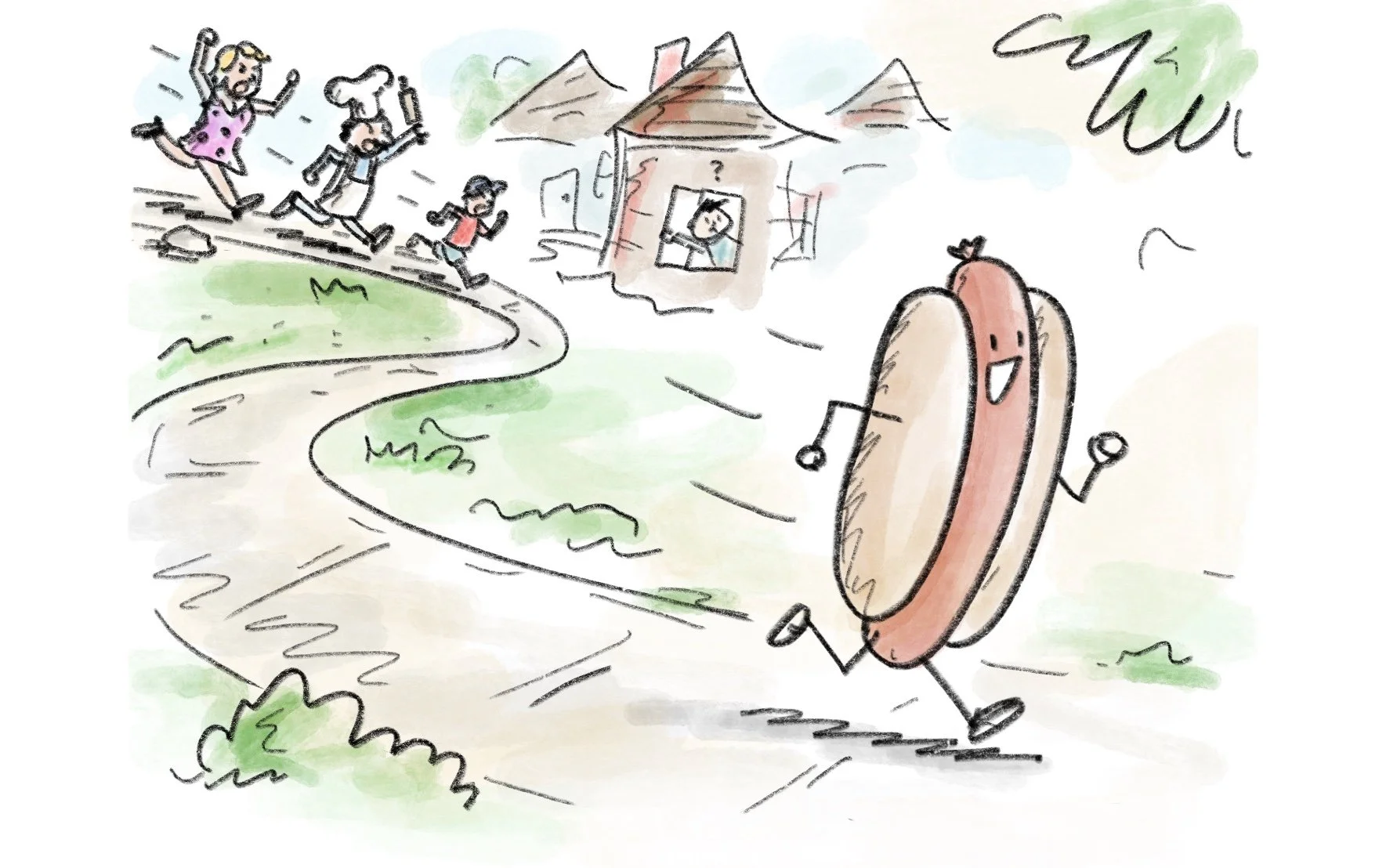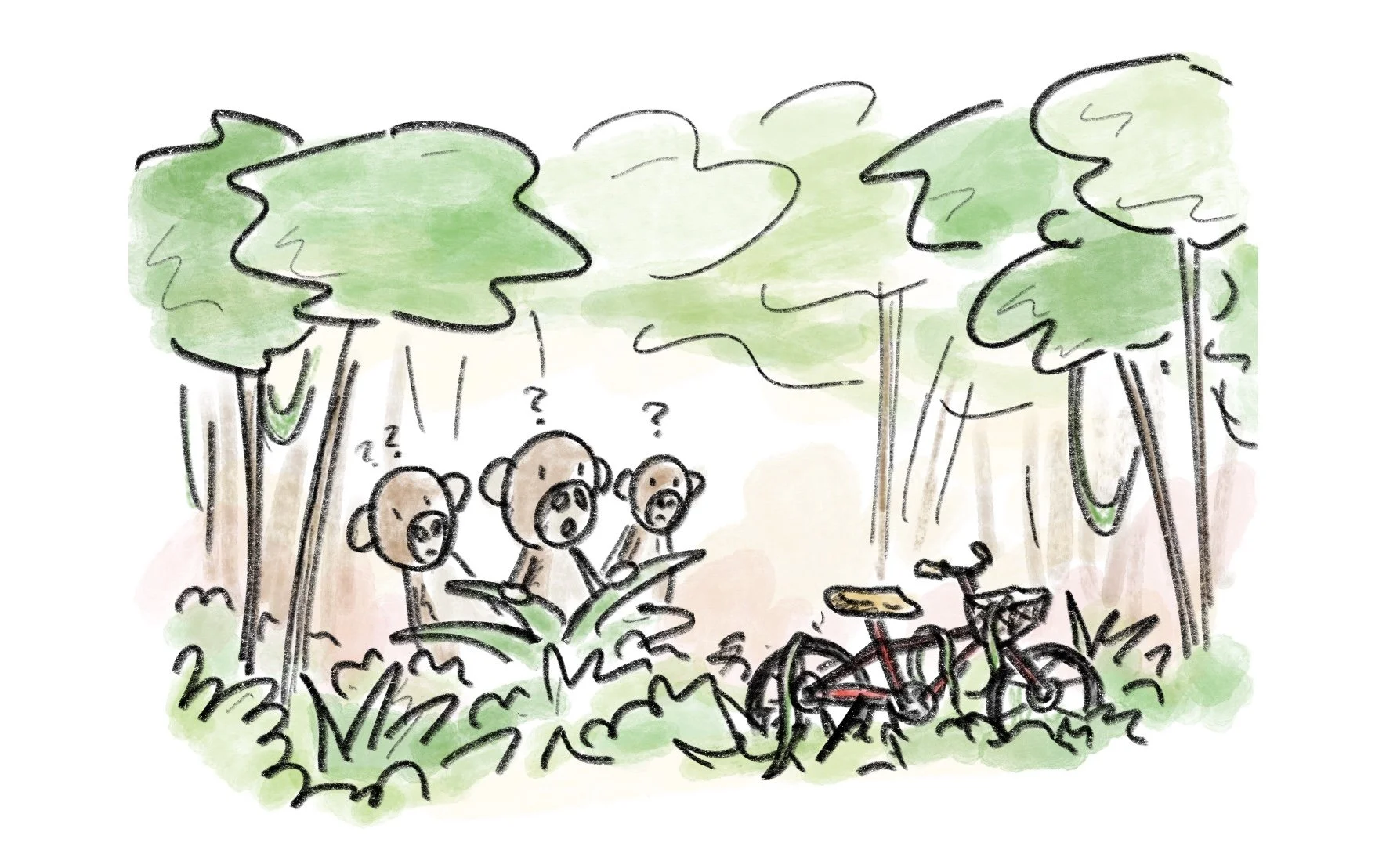The Importance of Story Writing for Ages 4-6
Writing stories is an important tool for children's development. It encourages creativity, imagination, and critical thinking as they construct narratives and explore new worlds. Although the benefits crafting stories universal, different age groups encounter distinct challenges, and approach story writing uniquely. For the littlest ones, like kindergarten and grade 1, stories become delightful adventures, stimulating creativity and vocabulary acquisition. As children progress to grades 2-4, they embrace structure and character development, refining their storytelling skills. By grades 5-6, they delve into more complex narratives, fostering critical thinking and emotional intelligence.
In this first of a series of posts we’ll take a closer look at what story writing looks like for ages 4-6.
Why Story Writing for Ages 4-6 Matters
1.Enhances communication skills: Writing stories helps young students develop basic vocabulary and sentence structure, laying the foundation for effective communication.
2. Stimulates creativity: Storytelling encourages imaginative thinking and helps young children express their ideas and experiences.
3. Builds fine motor skills: The physical act of writing stories with pencils or crayons promotes fine motor skill development.
4. Boosts confidence: Creating stories allows young students to share their ideas and thoughts, boosting their self-confidence and sense of accomplishment.
Common Challenges that Young Writers often Face
By understanding the specific challenges that students may face at different age levels, educators can provide targeted support, guidance, and strategies to help students overcome these obstacles and grow as writers.
1. Limited vocabulary: Young students may struggle to find and use a wide range of words to express their ideas.
2. Sentence structure: Formulating complete sentences and using correct grammar may be challenging for early writers.
3. Spelling and phonics: Basic spelling and phonetic skills are still developing, which can make writing accurately a challenge.
4. Focus and attention span: Maintaining concentration for extended periods of writing may be difficult for young students.
Fostering Young Creativity: Encouraging Storytelling in 4-6 Year Olds
Encouragement is crucial to help students persevere and continue writing, regardless of their age group. Here are some strategies that parents, educators, and workshop leaders can use to help students build confidence and cultivate a lifelong love for writing.:
1. Provide positive feedback: Acknowledge their efforts and celebrate their accomplishments, emphasizing their creativity and ideas.
2. Offer praise for specific elements: Highlight specific details in their writing, such as a well-described character or an interesting event.
3. Keep it playful: Make writing enjoyable and fun by incorporating games, storytelling, and imaginative activities into the process.
4. Use visual aids: Incorporate visuals like illustrations, picture prompts, or storyboards to stimulate their imagination and provide inspiration.
Tales From Early Years: What to Expect in Ages 4-6 Writing
Here is a general overview of what one might expect from this age group:
1. Basic sentence structure: Kindergarten and grade 1 students may use simple sentences with limited complexity. They might rely on repetitive phrases or familiar story patterns.
2. Imaginative themes: Young writers in these grades often gravitate towards imaginative and fantastical themes, such as talking animals, magical adventures, or imaginary friends.
3. Emotions & experiences: Kindergarten and grade 1 students often draw inspiration from their personal experiences and emotions. Encourage them to express their feelings and incorporate relatable moments into their stories.
4. Simple plot structure: Stories from these grades may follow a basic structure of beginning, middle, and end. Help them identify characters, setting, problem, and resolution.
Young Minds in Motion: Story Writing Prompts for Ages 4-6
1. Imagine you found a magical object in your backyard. Write a story about what happens when you touch it.
2. Write a story about your favorite animal going on an adventure.
3. Create a story about a day at the beach using only pictures.
4. Write a story about a friendly monster that lives in your closet.
5. Imagine you could fly like a bird. What would you do? Write a story about your amazing adventure.
6. Write a story about a talking animal that visits your school.
7. Imagine you have a magic wand that can grant three wishes. What would you wish for?
8. Write a story about a lost toy that goes on a journey to find its owner.
9. Create a story about a silly character who loves to tell jokes.
10. Imagine you could visit any place in the world. Write a story about your incredible trip.




